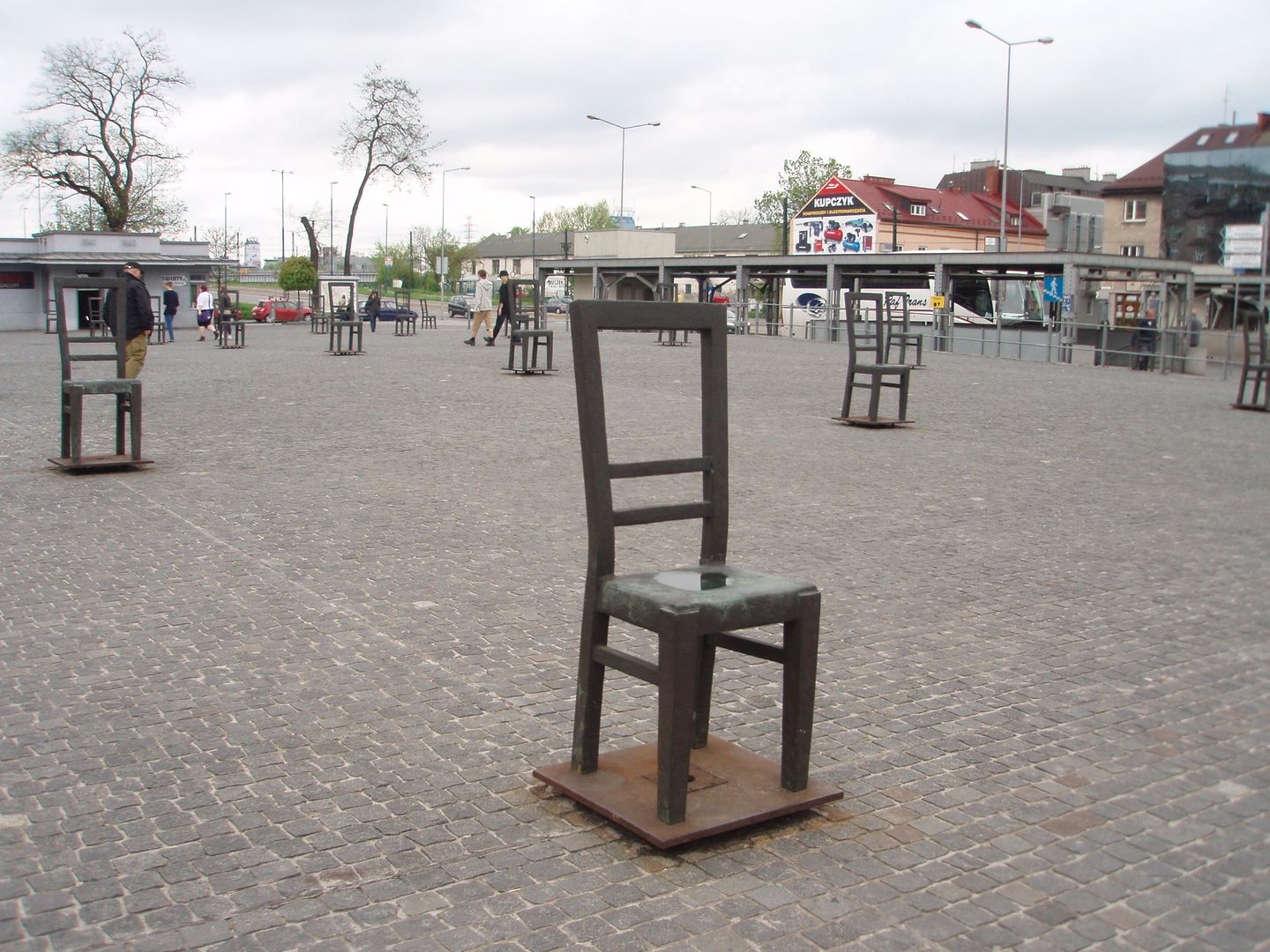Ghetto Heroes Square in Krakow
6.06

Overview
The Small Market in Podgórze, known today as Ghetto Heroes Square, has a rich history dating back to the early 19th century. Originally, it was an undeveloped square associated with a salt market, which over time transformed into a popular trading hub, particularly in the 1880s when cattle and pig trading began. As Podgórze developed, the square gained new buildings and a dual address numbering system. In the 1890s, shops and a chicory processing plant were opened here, while in 1909, the "Under the Eagle" Pharmacy, run by Tadeusz Pankiewicz—the only non-Jewish resident of the ghetto—was established. In 1917, the square was renamed Plac Zgody (Concord Square), commemorating the merger of Podgórze with Krakow. In the 1930s, a bus terminal was built here, serving a million passengers annually until the outbreak of World War II. During the Holocaust, from 1941 to 1943, the square became the central point of the Krakow ghetto, where selections and deportations of Jews took place. After the war, the area underwent a series of transformations, and in 2005, a comprehensive renovation was carried out, unveiling a monument commemorating the Krakow ghetto in the form of 70 chairs, inspired by the memories of Tadeusz Pankiewicz. This site gained international recognition, receiving awards in public space design competitions. Today, Ghetto Heroes Square stands as a symbol of remembrance for Krakow's Jewish community.
Location
Tickets
Powered by GetYourGuide
2025 Wizytor | All Rights Reserved